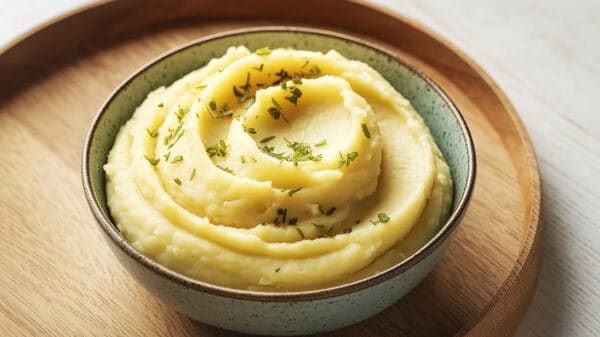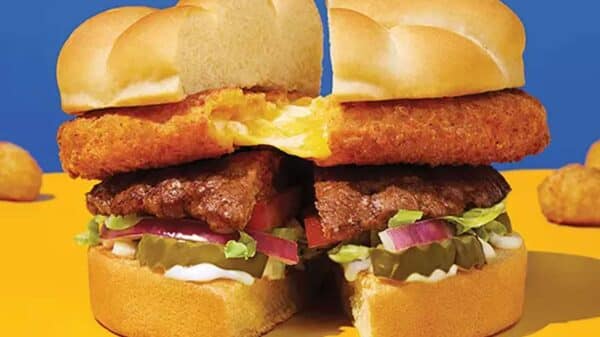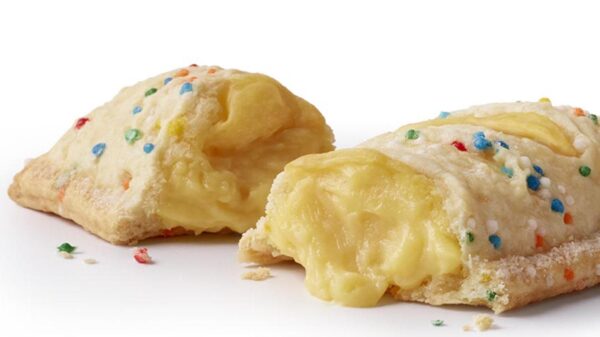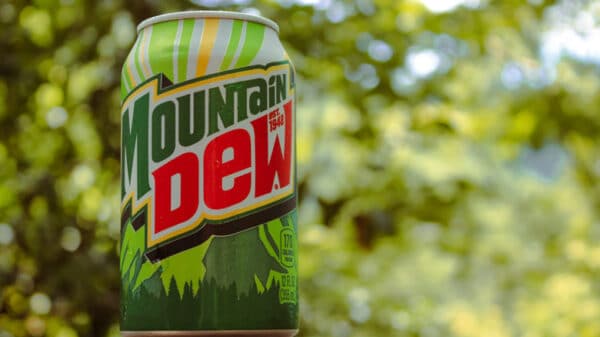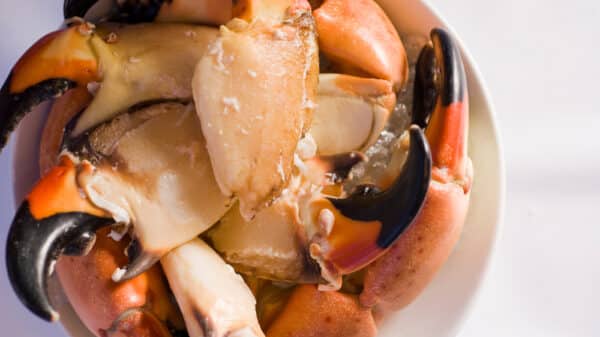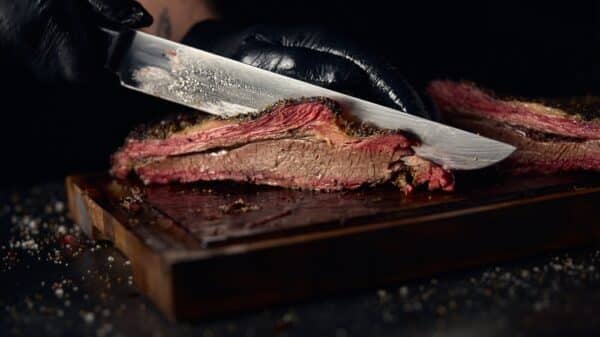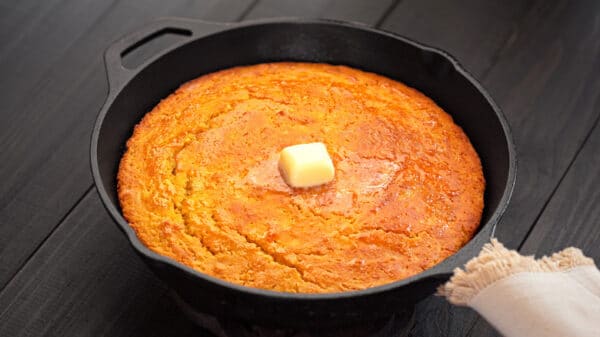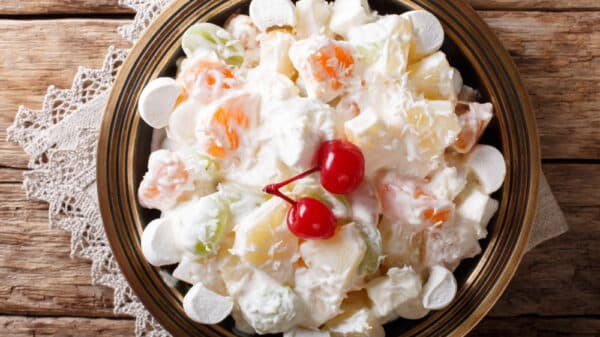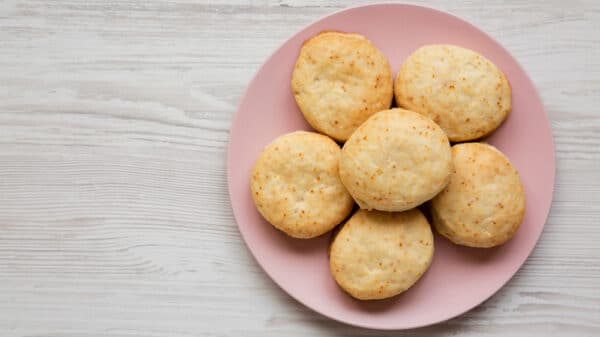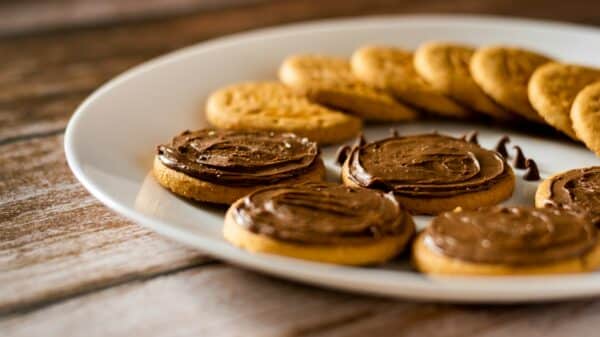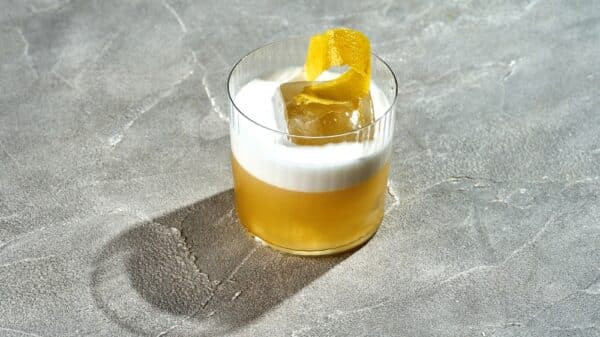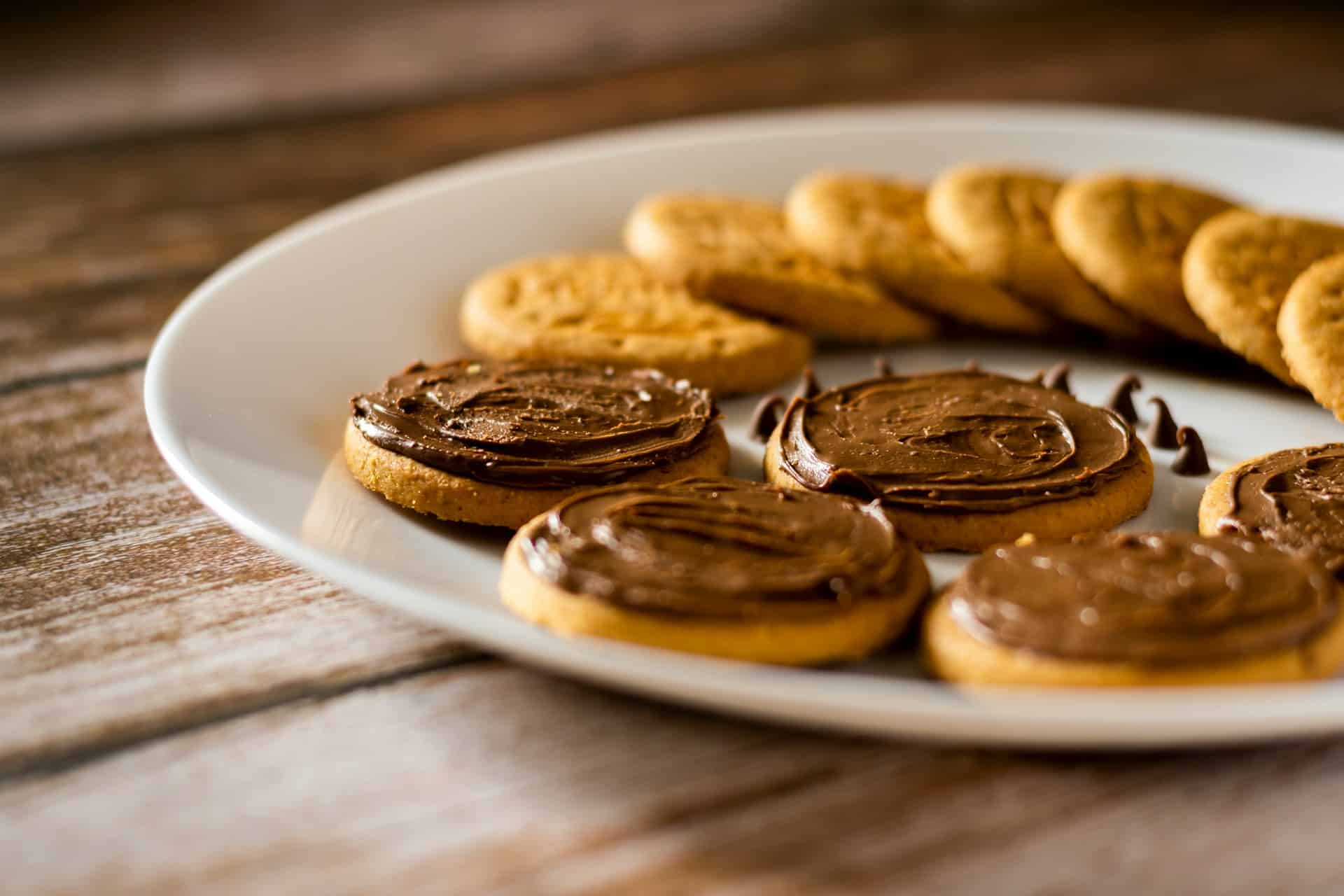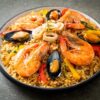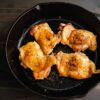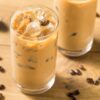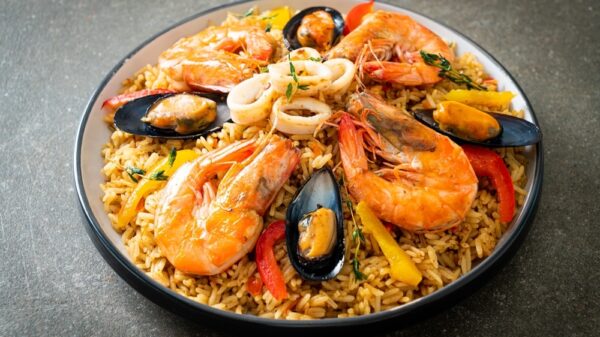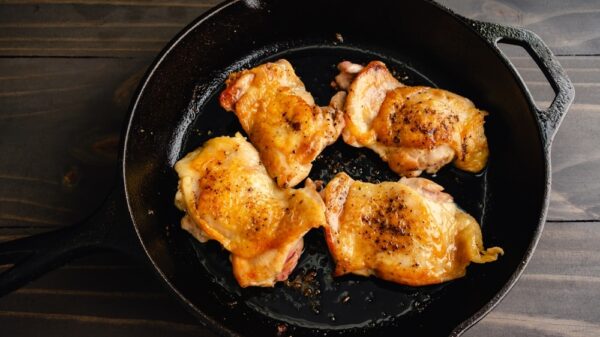When it comes to sweet treats, few culinary delights spark as much debate as cookies and biscuits. Despite their similarities, these two baked goods differ in significant ways, rooted largely in geography and recipe composition.
Geographic Differences in Terminology
The confusion often arises from regional language. In the United States, the term “biscuit” refers to a light, fluffy bread typically enjoyed with savory meals. In contrast, when Brits talk about “biscuits,” they’re usually referring to sweet, crumbly treats that closely resemble what Americans classify as cookies. This language barrier can lead to some humorous situations, especially when ordering in the UK, where requesting a biscuit may lead to an unexpected outcome if you’re looking to indulge in something cookie-like.
Cookie Characteristics
Cookies are celebrated for their delightful range of flavors and textures. Generally circular and slightly raised, they are frequently made with a combination of basic ingredients such as butter, sugar, eggs, and flour, with additional elements like chocolate chunks, nuts, or even fruit enhancing their appeal. After baking, cookies tend to have a moist and chewy texture that appeals to the sweet tooth, making them a beloved choice for dessert lovers.
The versatility of cookies also stands out. Beyond traditional recipes like chocolate chip or snickerdoodle, bakers get creative by incorporating unique ingredients or decorative techniques such as icing or colorful sprinkles. This adaptability allows cookies to serve as a canvas for both flavor innovation and artistic expression.
Biscuit Basics
On the other hand, biscuits—particularly the British variety—exemplify a distinct simplicity. Their composition typically includes fewer ingredients and often results in a denser and crumblier texture. For example, traditional shortbread biscuits were crafted with just butter, flour, and sugar, making for a straightforward yet satisfying treat.
American biscuits, as mentioned earlier, often take a very different form—they’re fluffy and bread-like, revealing the broadness of the term “biscuit.” This type of biscuit finds its place alongside savory dishes, often slathered in butter or gravy, creating a comforting accompaniment rather than a sweet indulgence.
Baking Science Behind the Goods
The underlying science also plays a vital role in shaping the differences. Cookies often rely on a combination of baking powder and/or baking soda to achieve their softer texture. In contrast, traditional British biscuits typically utilize a simple method that creates a crisp, dry result, better suited for dunking in tea.
Both creations, however, share a rich tradition of baking that varies by culture, showcasing local flavors and preferences. Exploratory bakers can find great joy in experimenting with both cookies and biscuits, learning to navigate the nuances that lend each its unique character.
Final Thoughts
Understanding the distinctions between cookies and biscuits not only enhances one’s culinary vocabulary but also enriches the experience of enjoying these sweet treats. Whether you’re enjoying a chewy cookie fresh from the oven or a crisp biscuit with your afternoon tea, both offer delightful textures and flavors that can satisfy any sweet craving. Embracing the contrasts allows for a greater appreciation of the art of baking, inviting you to explore and enjoy these beloved treats at any time of the day.
Image Source: Unsplash

